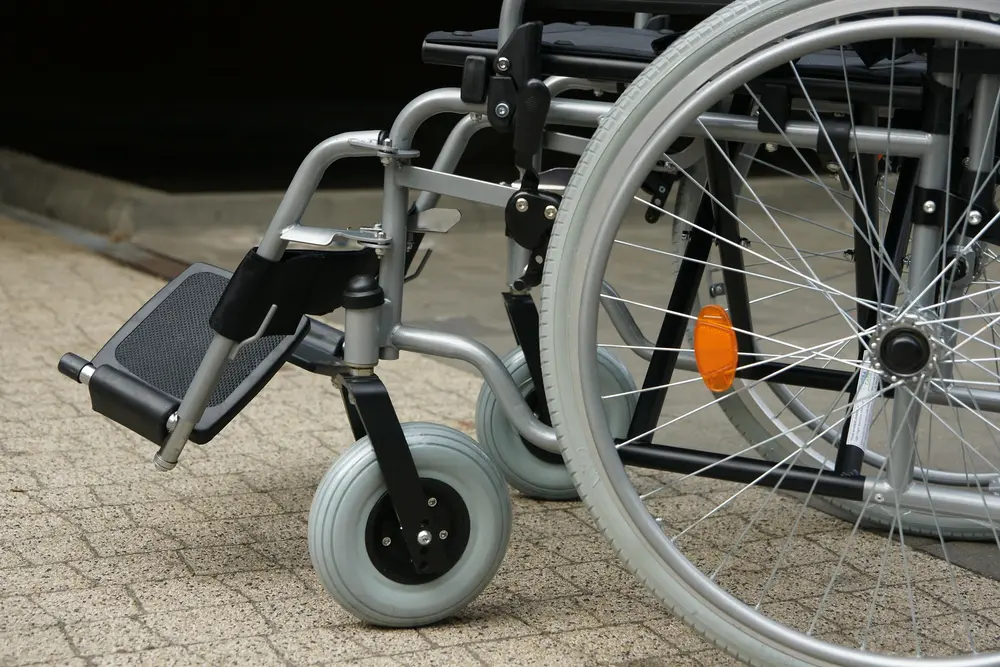Important Benefits for Surviving Spouses
In some circumstances, the Disability Insurance program does allow a claimant to apply for benefits under another worker’s earnings record. One of those circumstances is when a claimant’s spouse has died. Social Security Disability Benefits for Widows and Widowers are an important part of the Social Security Administration’s Disability Insurance program.
A claimant applying for Social Security Disability Benefits for Widows and Widowers is requesting benefits under his or her spouse’s Social Security earnings record, not his or her own record. To be eligible for these benefits, the claimant must be between the ages of 50 and 60, his or her condition must meet the definition of disability for adults, and the disability must have started before or within 7 years of the worker’s (the deceased spouse’s) death. Benefits are not payable to the widow(er) for the months before turning age 50 even if the impairment may have existed before age 50.
Some other requirements for Social Security Disability Benefits for Widows and Widowers are:
- The deceased spouse must be “fully insured” pursuant to the Social Security Act at the time of death (see https://www.ssa.gov/oact/progdata/insured.html for helpful information);
- The marriage have lasted for 9 months, with certain exceptions;
- A surviving divorces spouse also can claim widow(er)’s benefits, but the marriage must have lasted for at least 10 years immediately before the divorce became final.
Remarriage after the death of a spouse does not necessarily prevent a surviving spouse from claiming these benefits. This is pursuant to special rules effective in 1984. These exceptions are codified in Social Security’s Regulations at https://www.ssa.gov/OP_Home/cfr20/404/404-0335.htm.
How are these benefits calculated?
The general rule is that a disabled widow or widower aged 50 through 59 will receive 71.5% of the deceased spouse’s benefit. See https://www.ssa.gov/planners/survivors/ifyou5.html. This amount can be subject to other factors so be sure that you determine the amount applicable to your specific situation by contacting Social Security or an attorney who may be able to help you with Social Security planning.
Please remember that Social Security Disability Benefits for Widows and Widowers are only available under the Disability Insurance benefit program (sometimes also called “DIB or Title II”). These benefits are not available through the Supplemental Security Income (SSI) disability program.
This is partly because SSI disability benefits are payable only to the disabled individual. Furthermore, SSI disability benefits are not based upon another worker’s account as there is no work requirement under the SSI disability program. Although there is no work requirement in the SSI disability program, there are strict income and asset limitations. These limitations can take into account not only the SSI disability claimant’s income and assets, but also a spouse’s.
It is important to keep in mind that Disability Insurance Benefits are available not only for a disabled worker, but in some cases, those eligible under the worker’s earnings record. Social Security Disability Benefits for Widows and Widowers is one such example.
Please remember that the information in this post and this website is general in nature, is not exhaustive, and is not legal advice. For example, there may be laws not covered here that govern your specific situation. You should consult with an attorney before making decisions concerning a disability claim as each situation is different.






